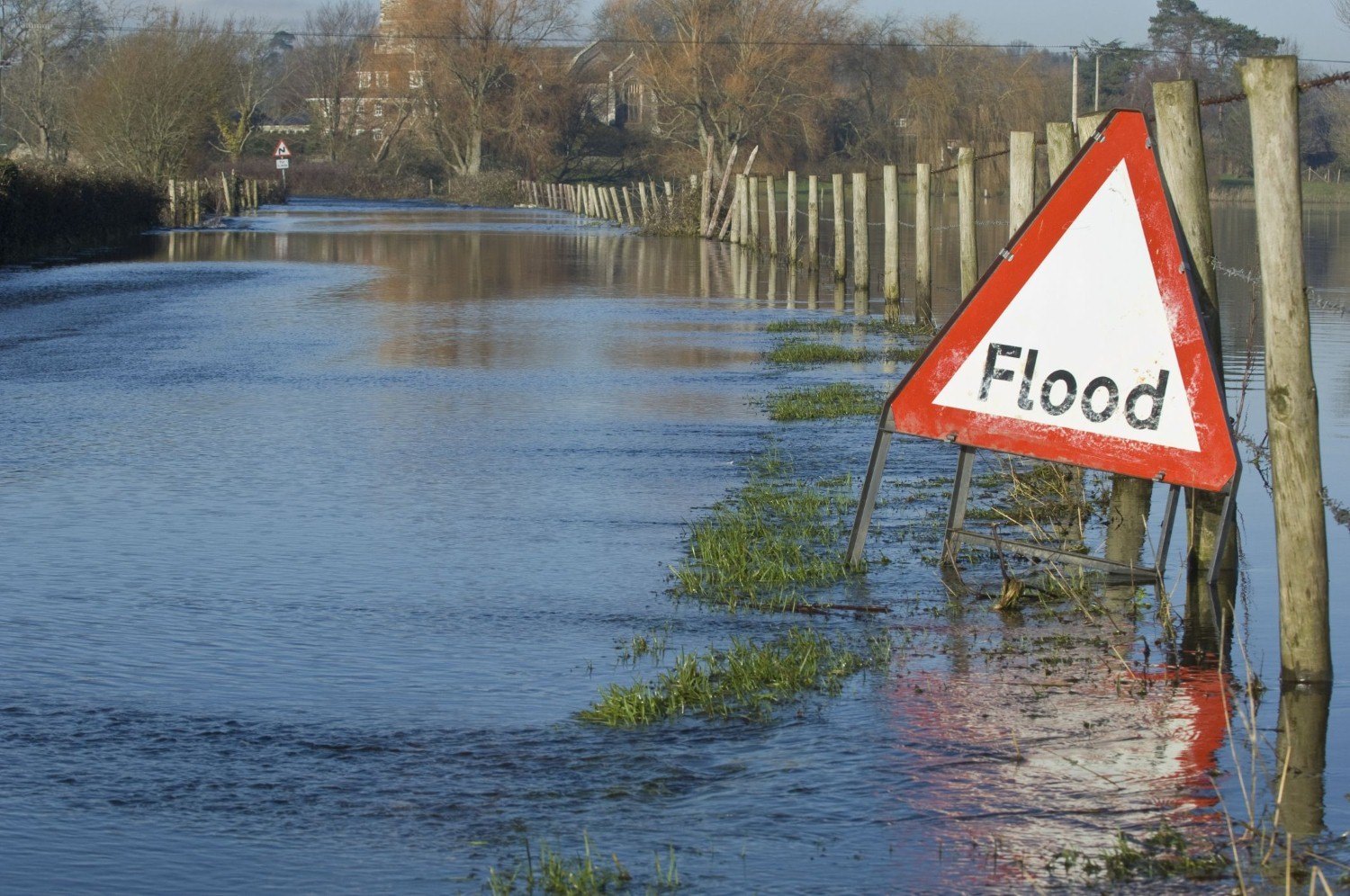When you think of British weather your brain generally heads straight to 'rain'. Yes, the UK is one of the wettest places to be, which can cause havoc on the roads.

For many of us, the thought of driving in the rain is an unappealing one but next to no one enjoys being on the road in torrential downpours or floods.
Not only are conditions unsafe, but your vehicle is much more likely to break down, leaving you stranded roadside.
However, most breakdowns are actually avoidable if you know how to prepare for and handle wet weather. Here are a few tips and tricks on how to come out on top in a downpour.
1. Plan ahead
In an ideal world, when heavy rain and floods are a risk, you'd simply not travel. However, if you have no choice but to get on the road, the best defence is preparation. If you plan your journey in advance you can identify areas that could be prone to flooding and avoid them. What's more, you can pinpoint where there is likely to be congestion and factor in time for delays and driving at slower speeds.
2. Prepare your vehicle
If you have to drive in heavy rain, you need to make sure your vehicle is up to the challenge. Check lights, tyres, oil and water, and - most importantly - wiper blades. Both front and back blades need to be working properly or visibility will be considerably undermined. You'll need to check that there is enough wiper fluid too.
If you find that your lights or wiper blades are dysfunctional, you shouldn't travel.
3. Be ready for an emergency
It's always advisable to carry around an emergency kit in your vehicle, which includes a mobile phone and charger, blankets, food, water, first aid kit and visibility jacket. It also pays to add waterproof clothing to your emergency kit for extreme rain. Wellies and rain coats are a must, especially if you have to wait for assistance outside on the motorway.
4. Be careful how you use your lights
Once you're on the road you need to think about how you're using your lights. Your rear fog lights should never be on, as they mask brake lights and dazzle others on the road. Dipped headlights are always best for driving in wet conditions.
5. Keep speed down
You need to reduce your speed during heavy rain and flooding, ensuring you keep more space between you and the vehicle in front. Stopping times are increased during bad weather and your driving needs to adjust to account for this. What's more, if you drive too fast you could aquaplane. This happens when tyres lose contact with the road when driving through standing water. If you feel your steering suddenly go light then you're aquaplaning. Should this happen, ease off the accelerator but resist the impulse to brake. Simply wait for your speed to reduce naturally until you regain control of the steering.
6. Keep your bonnet closed
If you do break down you need to keep the bonnet of your car closed. The rain will soak the electrical system if it is exposed.
7. Know what you're getting into
If you encounter flooding, you should never try to drive through water if you don't know how deep it is. If you ascertain that it's safe to drive through, be sure to drive on the highest section of the road, slowly and steadily.
Remember, fast flowing water is never safe to drive through and if you try to move through it you could get swept away.
8. Test your brakes
After you've driven through flood water, you need to retest your breaks to ensure they haven't been damaged. If they're not working as they should, pull over at the safest convenience and call for help.
9. Don't restart your engine
Should your engine cut out when you're driving through water you shouldn't try to restart it. This could cause damage. Put your hazard lights on and call for immediate assistance.
10. Keep calm
When driving in heavy rain or flooding, the golden rule is to always keep calm. Take a few deep breaths and properly assess the situation, then put the above lessons into practice.
Read on for our guide on driving in windy conditions.




